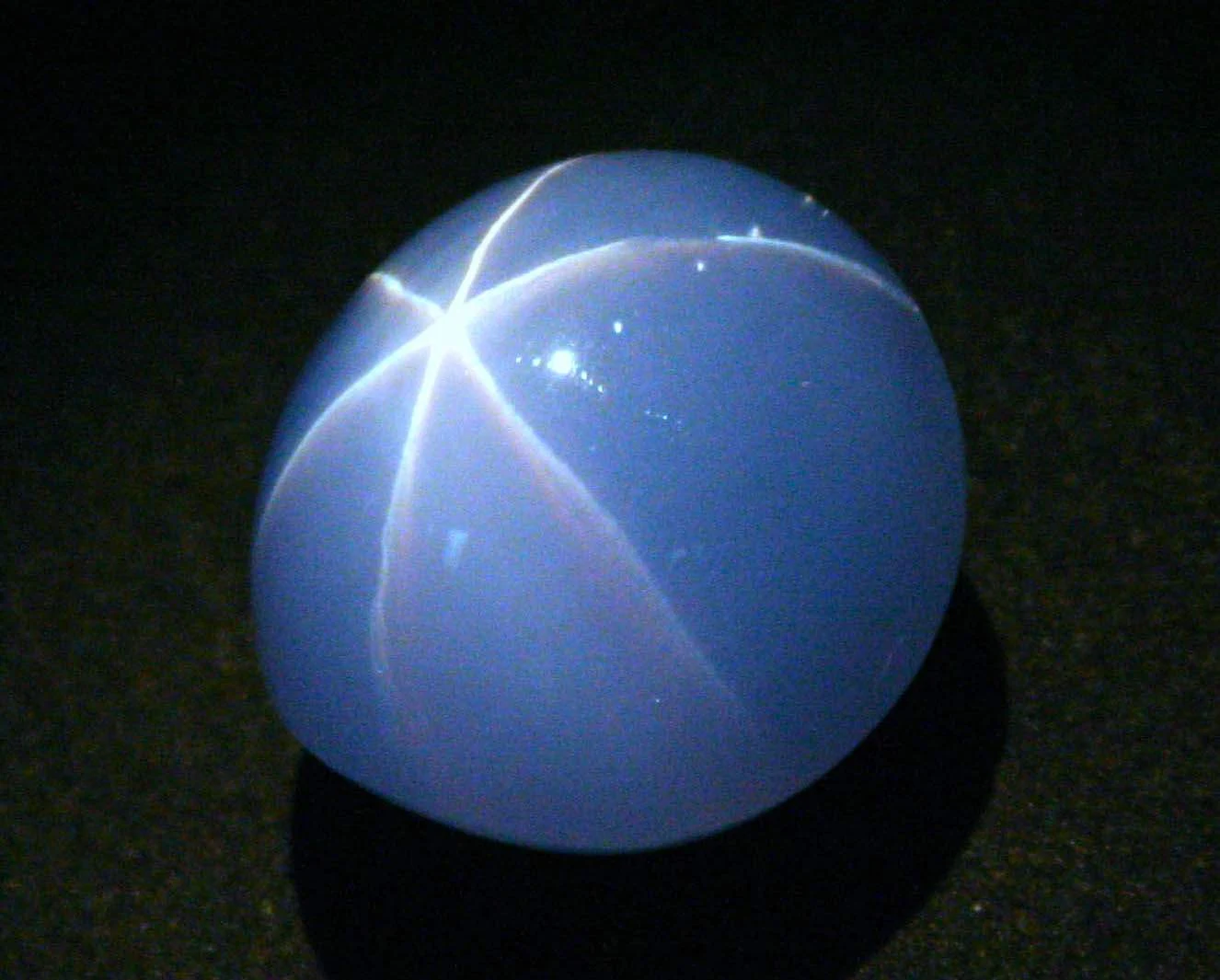The Star of India Sapphire
The Star of India sapphire is one of the most famous and iconic gemstones in the world.
The Star of India is a 563.35-carat (112.67 g) star sapphire, making it the world's largest gem-quality blue star sapphire. It is also one of the most famous gemstones in the world, and is currently on display at the American Museum of Natural History in New York City.
The Star of India is a cabochon-cut sapphire, which means that it has been polished into a smooth, rounded dome. It has a milky gray-blue color, and its star effect is caused by needle-like inclusions of the mineral rutile.
The Star of India has a long and fascinating history. It is believed to have been mined in Sri Lanka over 300 years ago and was originally owned by a Hindu priest. The stone passed through the hands of several different owners, including a British Army officer and a wealthy American businessman, before being donated to the American Museum of Natural History in 1908.
 |
| The Star of India is a 563.35 carat (112.67 g) star sapphire. |
Star of India sapphire Properties and Characteristics
- Size: The Star of India is the world's largest gem-quality blue star sapphire. It weighs 563.35 carats, which is equivalent to 112.67 grams. This makes it over 10 times larger than the average sapphire.
- Color: The Star of India has a greyish-blue color with a milky quality. This is due to the presence of rutile inclusions, which are also responsible for the stone's star effect.
- Clarity: The Star of India is almost flawless. It has very few inclusions, which makes it even more valuable.
- Asterism: The Star of India has a six-rayed star on both sides of the stone. This star effect is known as asterism, and it is caused by the reflection of light from the rutile inclusions.
Facts about the Star of India sapphire
- The stone is named after the Star of India Order, a British knighthood order that was established in 1861.
- The Star of India was stolen from the American Museum of Natural History in 1964, but was recovered a few months later.
- The Star of India is featured in the 2004 film "Night at the Museum."








